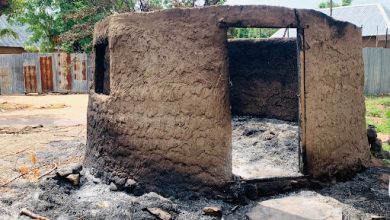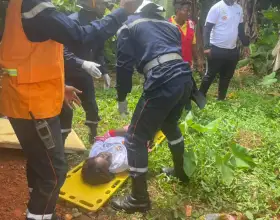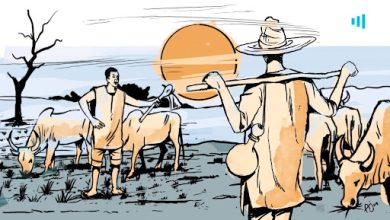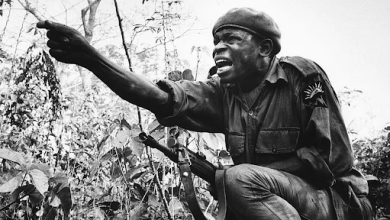Nigerian Military Battling Peak Ambush Season In Northeast
Ambushes are a recurring threat for troops participating in anti-terror and insurgency operations in the Northeast. This threat, exacerbated by the wet season, has contributed to recent combat injuries and loss of almost a platoon strength.
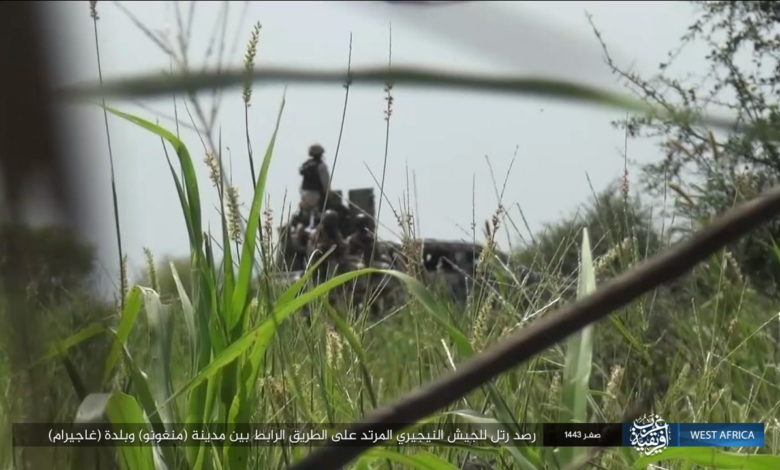
Over the past few weeks, Nigerian military convoys moving along strategic routes in Borno State have encountered multiple deadly ambushes set up by the Islamic State West Africa Province (ISWAP).
At least 12 soldiers and local civilian support militias were killed in an ISWAP ambush on Sept. 24 along the Marte-Dikwa Road. Days earlier on Sept. 15, insurgents targeted troops at the Gajiram axis of the Maiduguri-Monguno Road and killed 16 soldiers and two members of the Civilian Joint Task Force (CJTF).
On Aug. 22, troops on patrol recovered weapons after an intense clash at Ali Gambori village at Gajiram axis of the Maiduguri-Monguno Road while conducting routine patrols. While on Aug. 17, arms researcher Calibre Obscura shared media material from an ISWAP ambush on troops along Cross Kauwa-Mile 90 Road, also in Borno.
In late July, a Military convoy moving in armoured and soft-skin vehicles through a road that cuts through Kareto town connecting Damasak and Gubio towns were ambushed by ISWAP fighters taking cover using buildings and vegetation.
Weather conditions and accompanying environmental changes often impact the behaviour of insurgents as well as the nature of threats faced by garrison towns and the military including large-scale attacks or the use of ambushes.
Troops are trained in anti-ambush drills and the detection of Improvised Explosive Devices (IEDs). They also frequently use fire and manoeuvre tactics which involve firing their heavy machine guns and other weapons to move past ambush zones or encounters. Insurgents, however, still use ambushes and IEDs laid on roads to target military units, cause casualties, and steal equipment — particularly around areas where the geography is favourable, with abandoned structures, or where thick vegetation is prevalent.
HumAngle understands that a combination of several factors increases the lethality and frequency of ambushes, including the importance of a location to insurgents, closeness to an area of operations, presence of cover for the ambush squad as well as low situational awareness, and counter IED measures and protected mobility for troops.
Other factors range from the lack of sufficient communications, intelligence on the environment of operation, training deficit as well as the impact of the super camp strategy, and the absence of the state in remote areas.
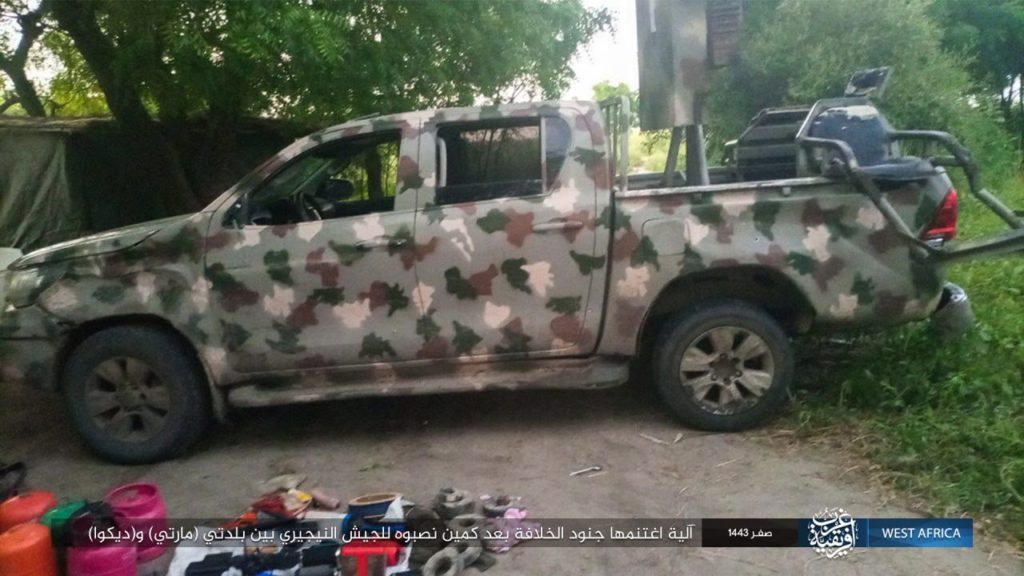
Chidi Nwaonu, a defence expert and Director of Peccavi Consults, described ambushes as unavoidable. “You can, however, reduce their frequency and reduce their effectiveness,” he told HumAngle. Nwaonu noted that troops need to “understand the ground, identify vulnerable points, potential ambush sites etc., study maps, use ISR [Intelligence Surveillance Reconnaissance] assets to understand the ground, [and] use interactions with the local population to understand the local pattern of life”.
The security conditions along the route connecting the Borno state capital Maiduguri; Gajiram, the headquarters Nganzai; and Monguno, one of the most important humanitarian centres in the northern axis of the state, is considered high-risk due to the activities of insurgents including targeting of security forces and mounting of checkpoints for screening of commuters, abducting, and looting.
The situation on the route is aggravated by the absence of static military positions particularly in areas with ghost communities or which lie on routes used by insurgents to move towards enclaves and areas near the Lake Chad. Similarly, the rainy season increases the thickness and length of vegetation that enables concealment and targeting of vulnerable military units.
“Nigerian Army needs to vastly improve its counter-ambush tactics for its frontline troops. One thing that can significantly improve the odds of success is good concealment from enemy fire,” said Alameen Yaqub, a security analyst.
Yaqub emphasised the need for protected mobility. This is connected with the vulnerability of the widely used soft-skin Toyota Buffalo Landcruiser and Hilux gun trucks to mines and ballistic threats. He also called for the use of mine rollers to thwart IED attacks and the targeting of critical workshops and technical depots in intelligence-driven airstrikes.
On improving situational awareness, Yaqub suggested the acquisition of lightweight MALE (medium-altitude long-endurance) drones preferably catapult-launched to cover routes used by troops alongside the employment of mast-mounted telescopic cameras on vehicles to scan ahead routes for suspicious movements or perceived enemy activity.
The absence of permanent or robust security forces’ presence in areas outside the garrison towns is a major enabler for insurgents’ movements. Nwaonu says the more security forces dominate the ground through fixed positions and patrols, the more difficult it is to lay ambushes or mass forces. He added that “the knowledge that friendly troops will be able to respond quickly would mean that enemy troops would launch quick attacks and then flee or stand-off attacks with IEDs or RPGs rather than sustained complex attacks and mass casualties.”
Numerous roads in Borno State, the epicentre of the 12-year-old conflict, are also considered high-risk no-go areas or require some level of security escort or patrols for civilian movement. These include the Maiduguri-Gajiram-Monguno, Bama- Pulka-Gwoza, Maiduguri-Damboa, Maiduguri-Damasak-Gubio, and Maiduguri-Dikwa roads.
Other extremely risky routes are the Monguno-Baga, Cross Kauwa-Baga, Cross Kauwa-Gudumbali, Damboa-Maiduguri, and Rann-Bama roads.
Support Our Journalism
There are millions of ordinary people affected by conflict in Africa whose stories are missing in the mainstream media. HumAngle is determined to tell those challenging and under-reported stories, hoping that the people impacted by these conflicts will find the safety and security they deserve.
To ensure that we continue to provide public service coverage, we have a small favour to ask you. We want you to be part of our journalistic endeavour by contributing a token to us.
Your donation will further promote a robust, free, and independent media.
Donate HereStay Closer To The Stories That Matter

